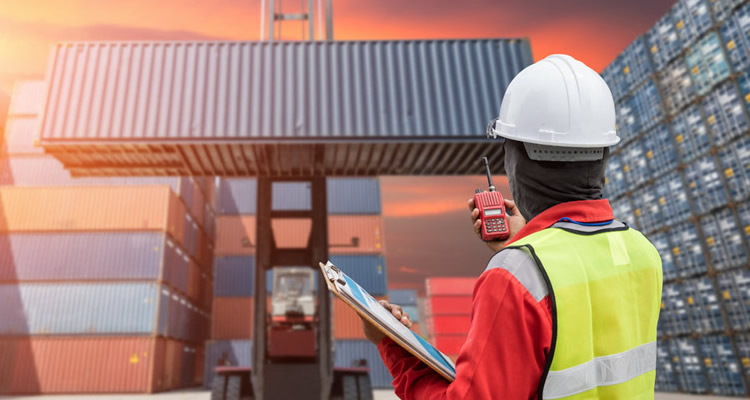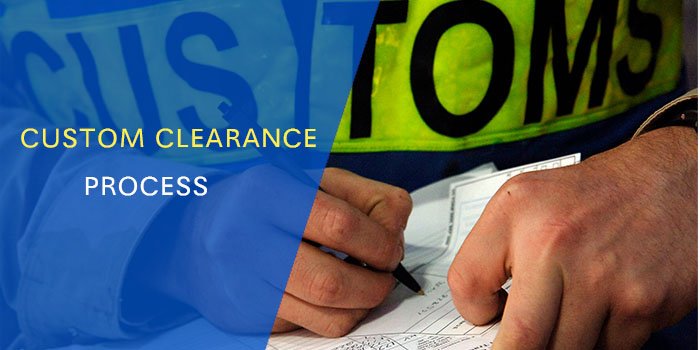
In the complex world of international shipping, navigating the customs clearance process is a crucial step that can significantly impact the efficiency and success of global trade operations. Customs clearance involves the preparation and submission of documentation required to facilitate the export or import of goods, followed by the approval of these goods by the local customs authority. This blog aims to demystify the customs clearance process in international shipping, providing insights into how it works and tips for smooth clearance.
Customs clearance is a mandatory process for all goods entering or leaving a country. It involves the assessment and evaluation of the goods to ensure they comply with the local laws and regulations, including the payment of relevant tariffs and taxes.

Documentation Preparation
The first step involves preparing and submitting all necessary documents, which typically include the Bill of Lading, Commercial Invoice, Packing List, and, in some cases, specific permits or certificates.
Duty Assessment
Customs authorities assess the duties and taxes applicable based on the value, classification, and origin of the goods. This assessment is crucial in determining the cost of importing goods.
Goods Inspection
Some shipments may be subjected to physical inspection to verify the contents align with the documentation. Inspections can be random or triggered by specific concerns.
Duty Payment
Once the duties and taxes are assessed, payment must be made to the customs authorities. This step is essential for the release of the goods.
Release of Goods
After all duties are paid and compliance with customs regulations is confirmed, goods are released for delivery to the final destination.
Accurate Documentation
Ensure all documents are accurate, complete, and submitted promptly. Discrepancies can lead to delays and additional charges.
Understand Tariff Codes
Proper classification of goods using the correct Harmonized System (HS) codes helps in accurate duty assessment.
Stay Informed of Regulations
Keeping up-to-date with changes in customs regulations and trade agreements is vital to avoid non-compliance.
Work with Experienced Professionals
Partnering with experienced customs brokers or freight forwarders can streamline the process, especially for complex shipments.
Plan for Delays
Always account for potential delays in customs clearance when planning logistics to avoid disruptions in the supply chain.
Customs clearance is an integral part of international shipping that requires careful attention to detail and compliance with regulations. By understanding the customs clearance process and employing best practices, businesses can ensure a more seamless and efficient movement of goods across borders, thus contributing to the success of their global trade endeavors. Remember, being well-prepared is key to navigating the complexities of customs clearance.

Wing Shipping offers various logisticssolutions for Chinese exports, including air,sea, and rail freight. We promote tradebetween China and the world, contributingto the development of your business.
Wing Shipping offers various logistics solutions for Chinese exports, including air, sea, and rail freight. We promote trade between China and the world, contributing to the development of your business.
Copyright 2024 Wing-Shipping. All Rights Reserved.